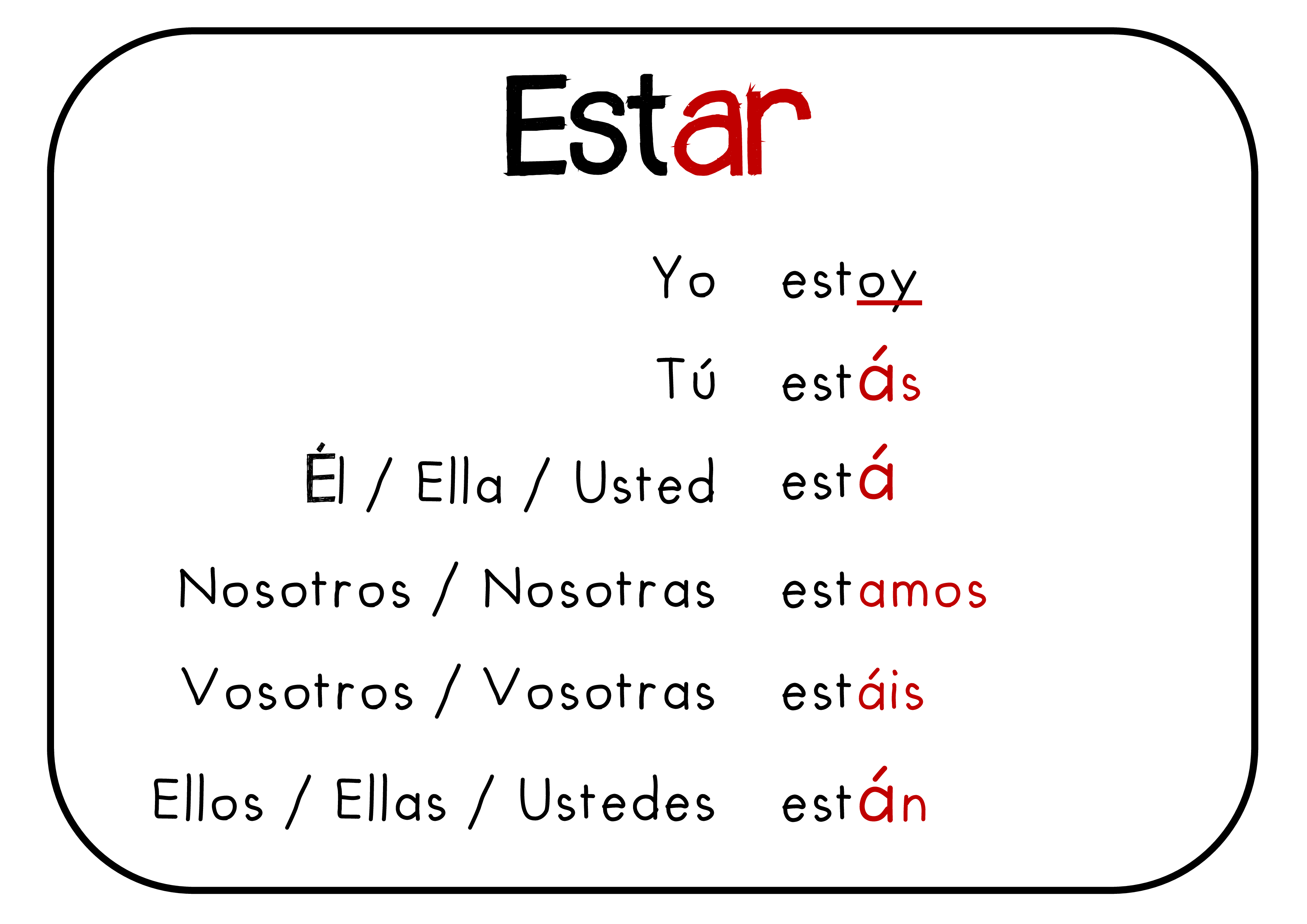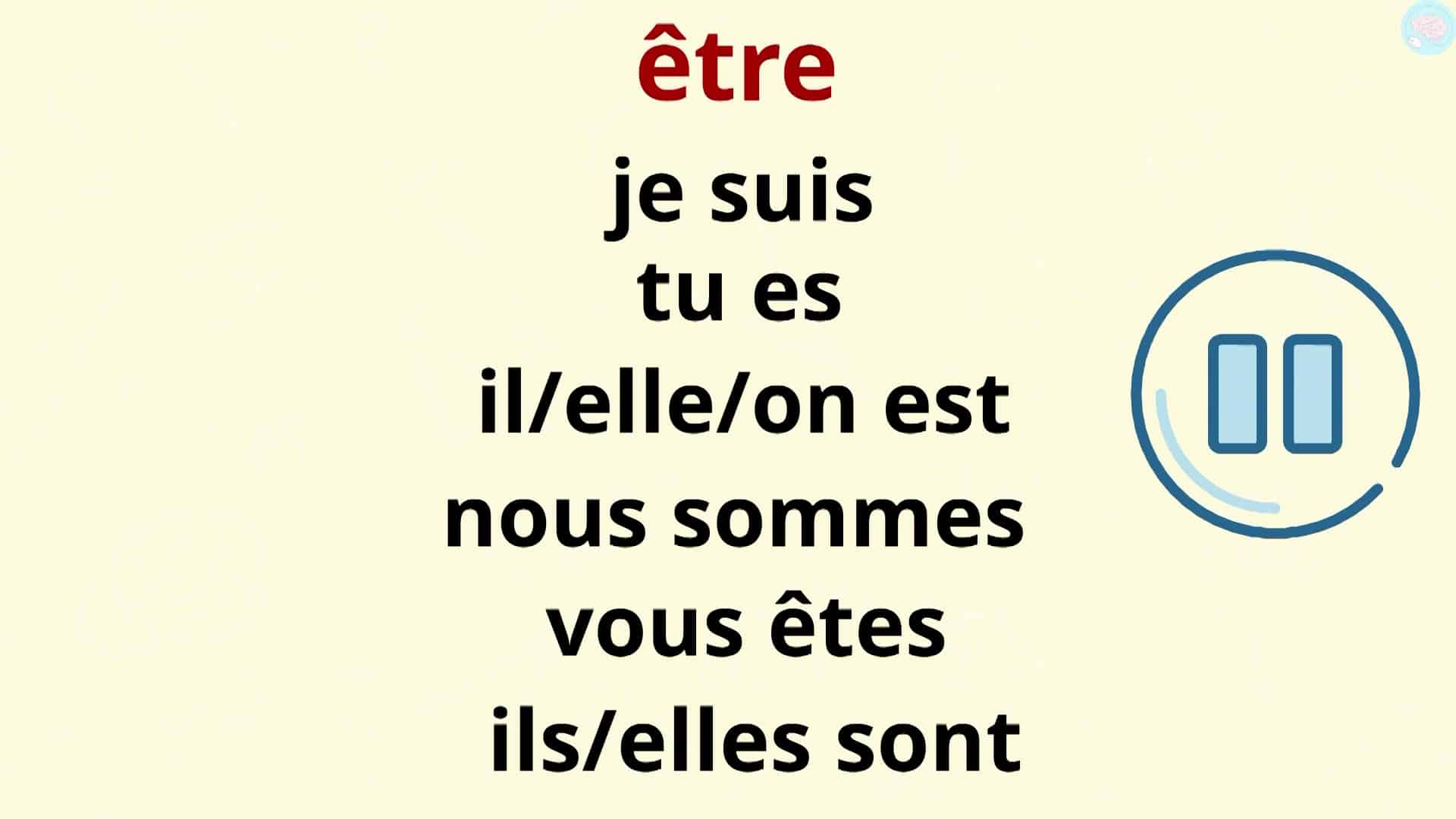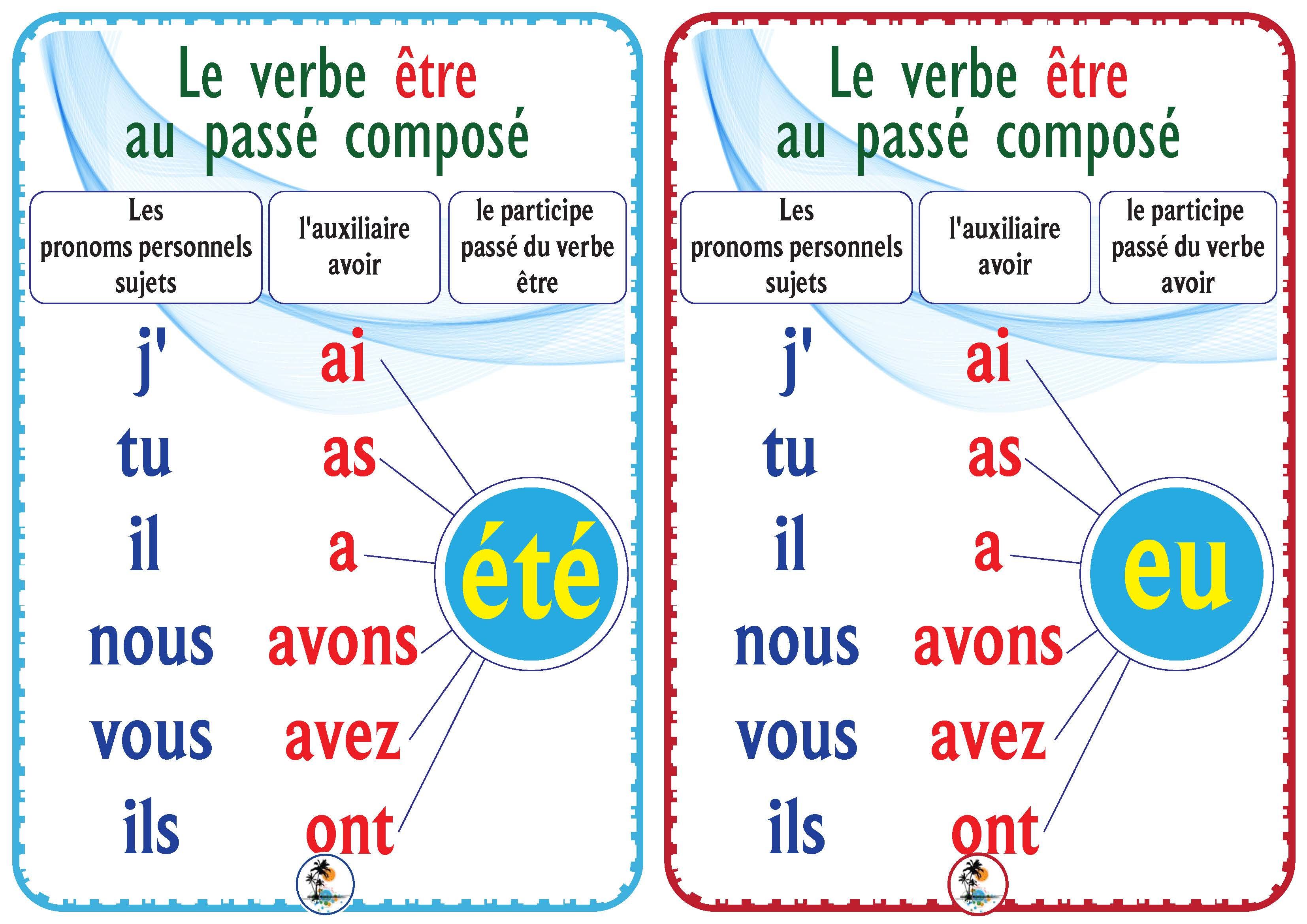Etre and Avoir are fundamental verbs. They are the building blocks of French grammar. Understanding them is essential for students. Let's explore how to teach these effectively.
Understanding Être
Être translates to "to be." It expresses states of being. We use it for identification, description, and origin. It's also crucial for reflexive verbs.
Forms of Être
The conjugation of être can be tricky. It's irregular. Students need to memorize it. The forms are: je suis, tu es, il/elle/on est, nous sommes, vous êtes, ils/elles sont. Repetition and practice are key. Consider flashcards or conjugation drills.
Uses of Être
Use être to identify someone: Je suis Marie (I am Marie). Use it to describe someone: Elle est grande (She is tall). Use it to indicate origin: Nous sommes américains (We are American). Remember its role with reflexive verbs. This adds another layer of complexity. For instance, Je me suis lavé (I washed myself). These uses should be clearly explained.
Understanding Avoir
Avoir means "to have." It expresses possession. It's also used in many idiomatic expressions. Mastering avoir unlocks more complex sentence structures.
Forms of Avoir
Like être, avoir is irregular. The forms are: j'ai, tu as, il/elle/on a, nous avons, vous avez, ils/elles ont. Again, memorization is crucial. Provide ample opportunities for practice. Games and interactive exercises can help.
Uses of Avoir
Use avoir to express possession: J'ai un livre (I have a book). Use it to indicate age: Il a dix ans (He is ten years old). Also, it is a component of many common idioms: avoir faim (to be hungry). This highlights its pervasive role in French. Don't neglect these idiomatic usages.
Common Misconceptions
Students often confuse être and avoir. English uses "to be" in many contexts. French often requires avoir in similar contexts. Age is a prime example. "I am ten years old" becomes J'ai dix ans. Emphasize these differences with contrastive examples.
Another misconception is the use of auxiliary verbs. Students must understand when to use être or avoir in compound tenses. Most verbs use avoir. A select group use être. The mnemonic device "DR & MRS VANDERTRAMP" can be helpful. This represents a list of verbs that use être.
Don't assume students understand the nuances automatically. Provide clear explanations. Reinforce with varied exercises. Address misconceptions promptly and patiently. Consistent correction aids long-term retention.
Tips for Educators
Start with the basics. Introduce the conjugations early. Then, build upon them with simple sentences. Gradually introduce more complex uses.
Use visual aids. Charts and diagrams can illustrate the conjugations. They can also highlight the uses of each verb. Color-coding can be beneficial too. For example, use one color for être and another for avoir. Visual reinforcement helps solidify concepts.
Incorporate interactive activities. Games like "conjugation bingo" or "verb charades" are great. These make learning fun and engaging. Small group work can promote discussion. This enhances understanding and retention.
Utilize authentic materials. Short videos, songs, and articles can demonstrate the verbs in context. This connects the concepts to real-world usage. This is especially important for advanced learners.
Regular practice is essential. Assign homework that reinforces the concepts. Quizzes and tests can assess comprehension. Provide feedback to identify areas needing improvement. Consistent practice builds confidence.
Making it Engaging
Connect to students' lives. Ask them to describe themselves and their families. Have them talk about what they have. This makes the learning relevant and personal. It encourages active participation.
Use storytelling. Create stories that incorporate the verbs. This makes the learning more memorable. Characters and narratives can help students remember contexts. Stories are also naturally engaging.
Incorporate technology. Use online resources like interactive quizzes or conjugation tools. Many apps are available for language learning. These tools can make practice more accessible. Technology enhances engagement.
Celebrate success. Acknowledge students' progress and effort. Positive reinforcement encourages motivation. This fosters a positive learning environment. Celebrate milestones, big and small.
Focus on communication. Remind students that the goal is to communicate effectively. Encourage them to use the verbs in speaking and writing. Don't overemphasize perfection in the beginning. Communication should be the primary focus.
Advanced Considerations
The subjunctive mood complicates things. Être and avoir also have subjunctive forms. These are important for expressing doubt, possibility, and emotion. Introduce the subjunctive gradually. It builds upon existing knowledge.
The conditional mood is also crucial. Être and avoir also have conditional forms. These are essential for expressing hypothetical situations. Address the conditional after students master the indicative.
Consider regional variations. French can vary from region to region. Some dialects might use different expressions. Acknowledge these differences. It shows the richness of the language.
Context is everything. The best approach to understanding être and avoir involves considering the context. Help students develop a "feel" for the language. This comes with exposure and practice. Encourage independent reading and listening.
Continual Reinforcement is best. Understanding these verbs is an ongoing process. Regularly review them in different contexts. Reinforce the concepts throughout the curriculum. Long-term retention is the ultimate goal.


